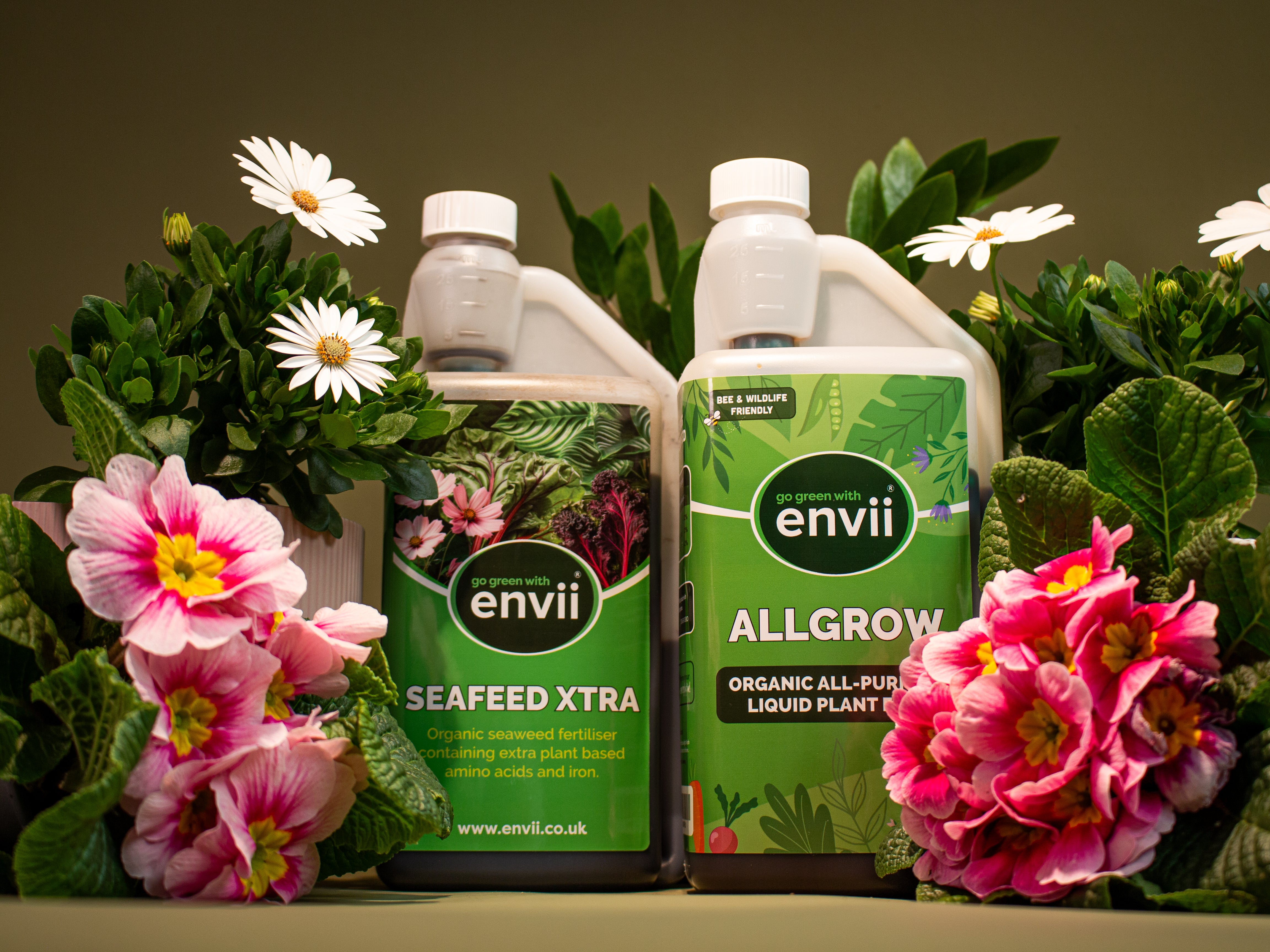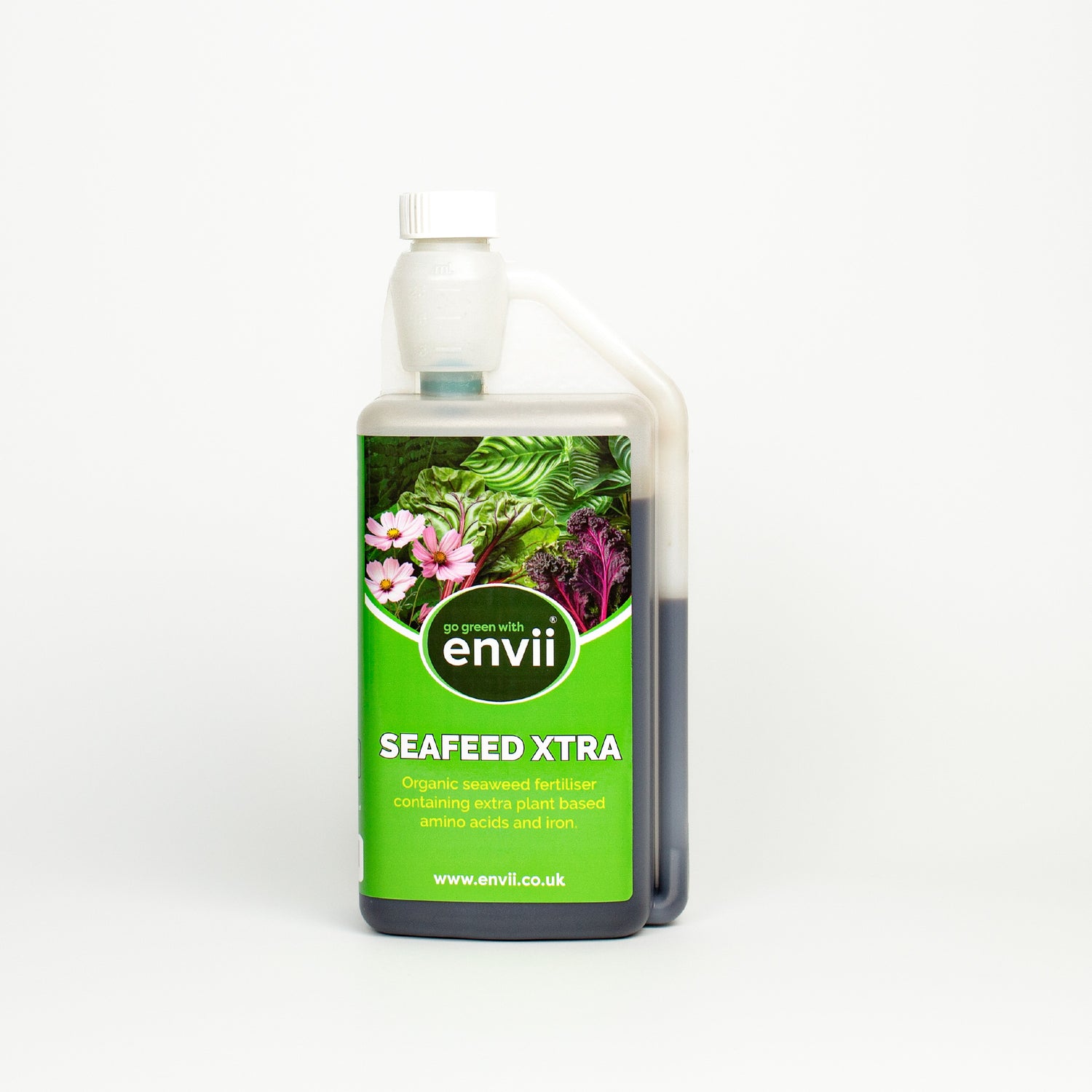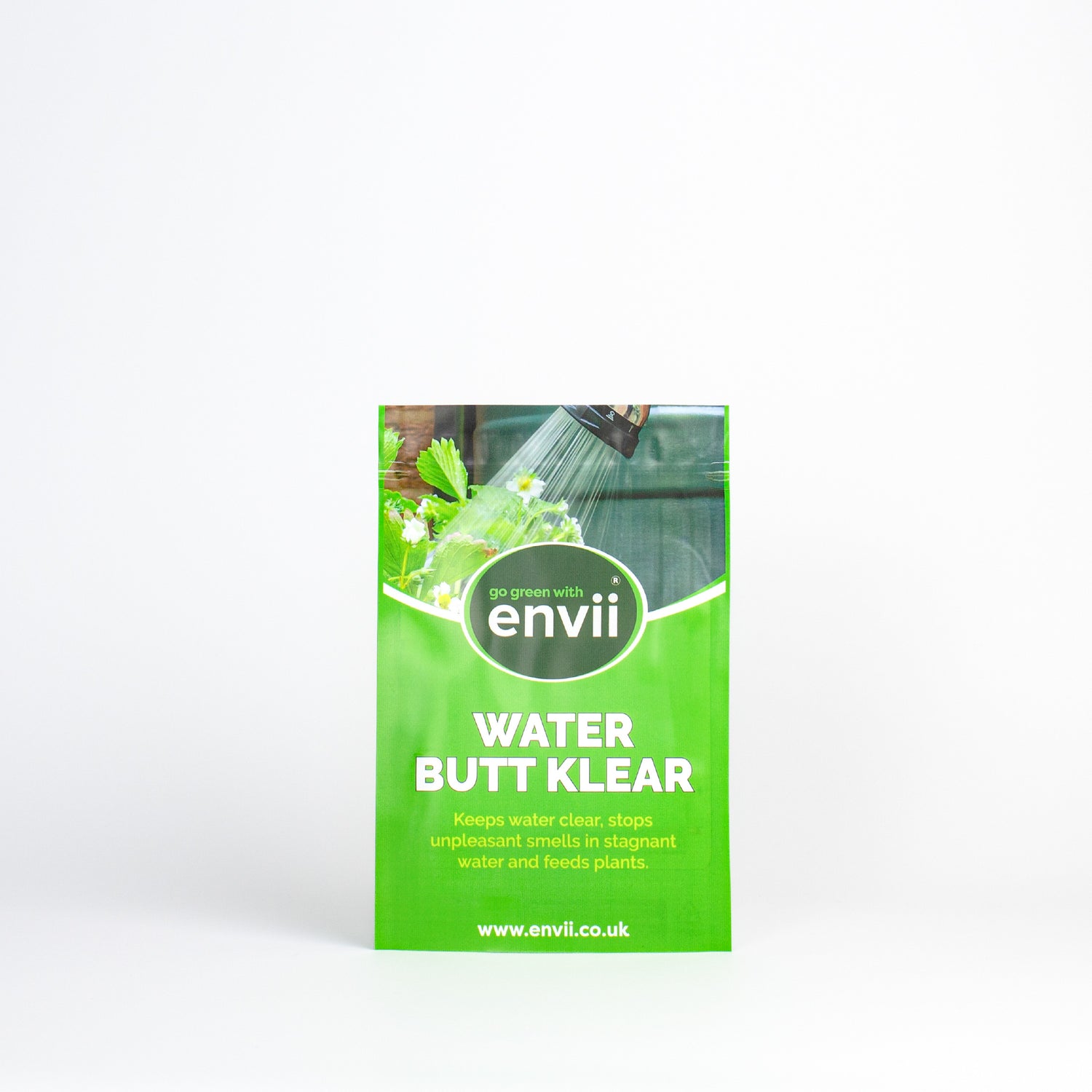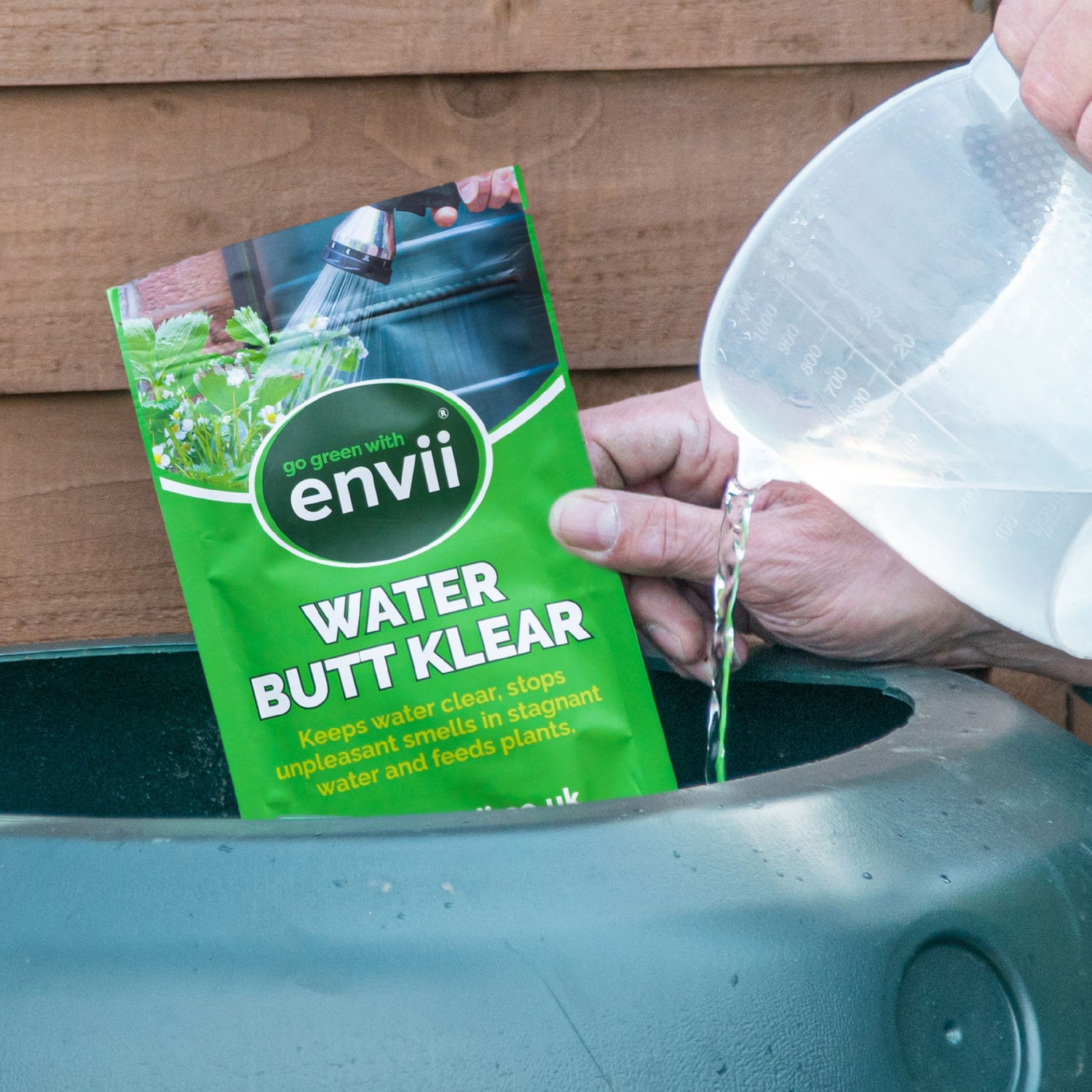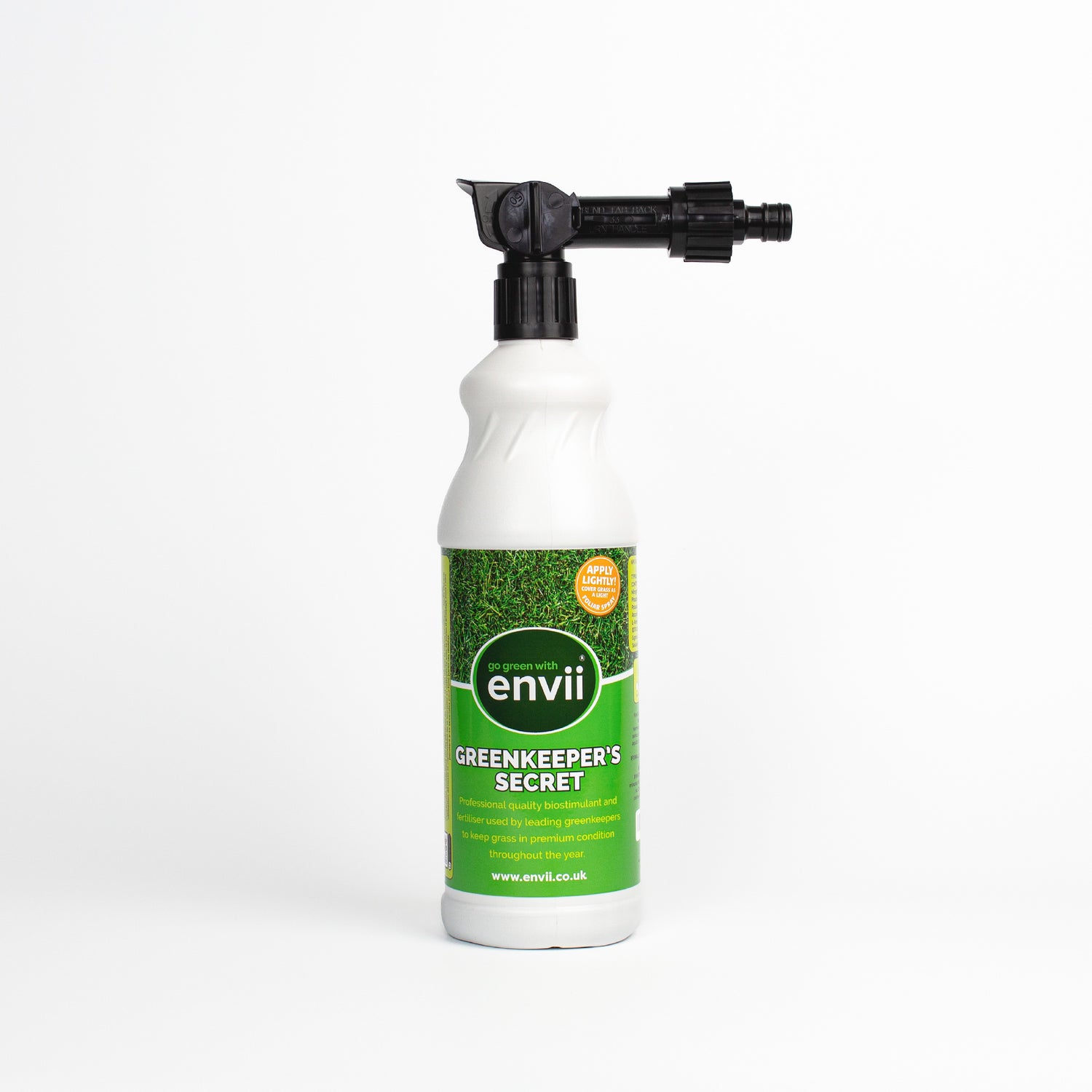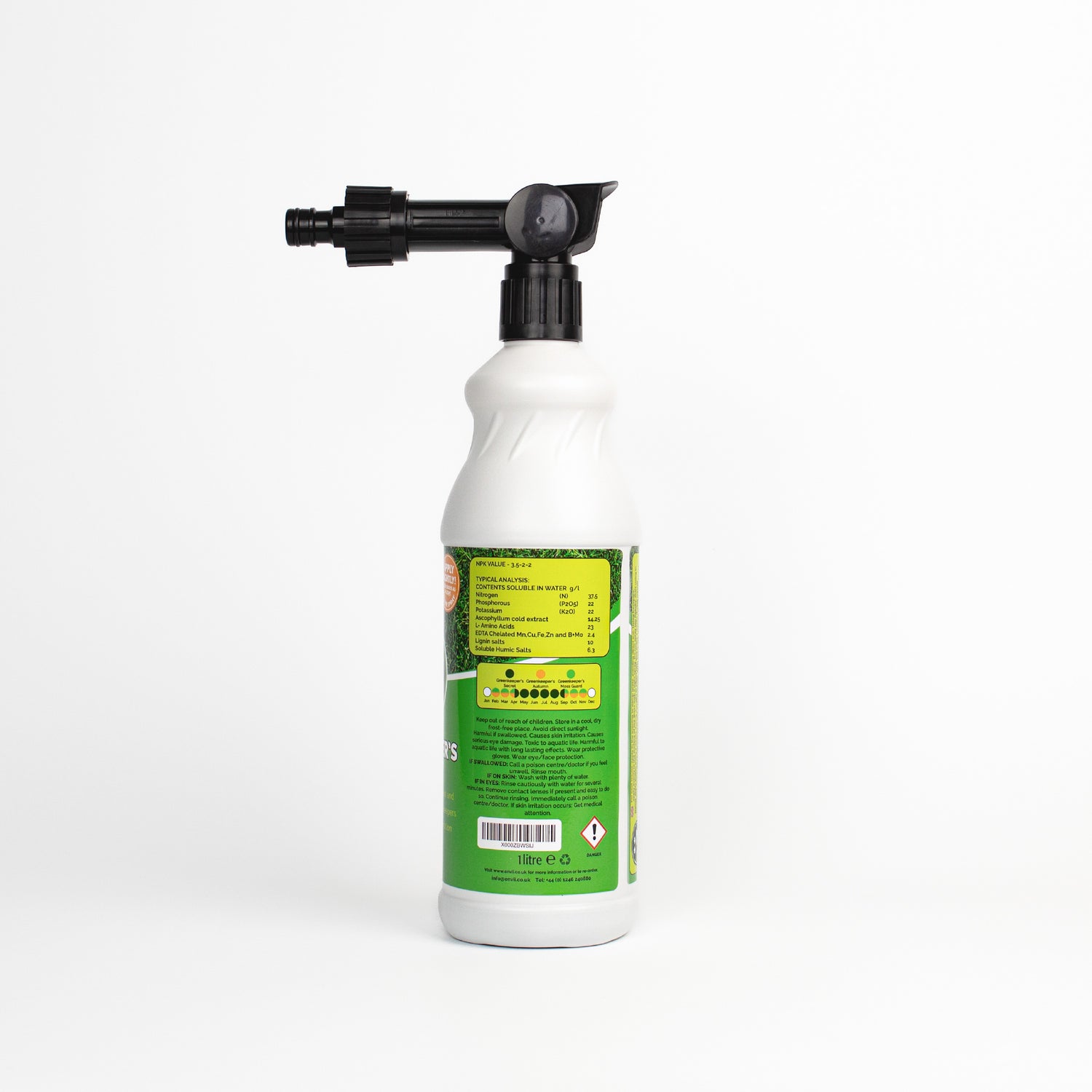Often overlooked due to cold conditions, the autumn/winter months are actually the perfect time to grow a selection of hardy vegetables that are exceptionally tasty and fun to grow during a fairly quiet growing season.
We’ve produced a handy list and guide surrounding the best 7 vegetables to grow throughout autumn and winter – take a look below!
Vegetables to grow in autumn and winter
The autumn growing season starts in early autumn (September). The conditions around this time are perfect for a series of autumn vegetables to grow, but why?
Well, some hardy varieties of vegetables thrive in cooler conditions and can withstand the frosts that occur during the winter months.
With this in mind, the best veg to grow in autumn/winter are listed below:
Cauliflower
An autumnal classic, cauliflower is one of the best vegetables to grow over autumn and winter. Due to its hardiness, particularly in varieties such as Gypsy or Atalaya. You could even try something out of the box like Graffiti cauliflower and brighten up your brassica colour palate.
Cauliflower thrives best in temperatures between 18 and 26 degrees Celsius, planted in moist but well-draining soil. Autumn sowings of cauliflower are perfect for an early spring harvest. Plant seeds out once the weather is guaranteed to remain cool.
Tip: Work a rich fertiliser into the soil at least 2 weeks before planting out cauliflower plants. They’re typically ready for transplanting when a minimum of four leaves have emerged, which is roughly 6 weeks post-sowing. Although cauliflowers are a hardy crop, it’s always worth acclimatising young plants to the cold weather conditions by hardening them off before transplanting.
Discover more tips for sowing and growing cauliflower in autumn.
Chives
When the weather gets a little tougher on the garden, there’s nothing better than an easy-going crop like chives to satisfy your crop-growing itch. Chives can grow in (almost) any condition, but grow best in homemade compost.
Chives will grow happily in pots or containers both indoors (on a windowsill), outdoors, or in the herb garden, taking up minimal space in the process. The seedlings will appear in as little as 2 weeks.
The best thing about chives is that they’re low maintenance – just make sure to keep the soil moist and they’ll give you a healthy harvest in no time!
Garlic
Everybody knows autumn is the best time to plant bulbs, including the non-flowering flavoursome kind, known as garlic.
Garlic bulbs are also often planted in spring too, however, autumn-sown bulbs typically produce larger crops, having had a longer growth period.
We always recommend gardeners to have their garlic bulbs planted before the Christmas season kicks in. And for top bulbs, treat plants with a well-balanced fertiliser for the best growth.
Tip – This autumn growing season, you could grow 2-3 varieties of garlic to experiment with different tasty flavours, sizes and aromas!
Want to grow garlic like a pro? Get started with our step-by-step guide for growing garlic.
Get started with our step-by-step guide for growing garlic.
Kale
Another winter-resistant vegetable is kale. If you’re looking for a crop that will survive a snow blizzard or harsh frost, this is your guy!
Kale is probably the toughest brassica of the bunch and is known to survive even the worst of winters and plant diseases other brassicas are typically prone to.
Kale seed should be sowed into the ground in early September, but you could also do this in late summer. Harvest time usually begins 50 to 55 days after planting.
Despite this, Kale still needs some TLC to grow and develop into a healthy plant.
Tip – Seedlings should be planted where they will get partial or full sunshine, and into well-draining but moisture-rich soil. You can use mulch to achieve this, which is a layer of usually organic material scattered across the soil to conserve moisture.
Spinach
Spinach is a crop which produces all year round, which means it’s always an option to grow in the autumn/winter garden when other greens are scarce. A little nitrogen-rich fertiliser, moist soil and full sunshine is all you need to grow yourself a plentiful supply. Typically, it’s best to sow seeds directly into their cropping site because spinach seedlings are challenging to transplanting.
Tip – Typically, it’s best to sow seeds directly into their cropping site because spinach seedlings are challenging to transplant – this is because spinach plants don’t like their root systems being disturbed.
Japanese Greens (Green Boy)
Oriental vegetables are renowned for their ability to withstand chilly weather. So, it goes without question that every autumn/winter garden should include some kind of Japanese greens on their veg patch.
Green boy are a popular variety of Japanese leafy greens which resemble Pak Choi in appearance and spinach in taste. They take longer to mature in cold weather. 60 days in winter, compared to 35 days in summer. Nonetheless, it’s widely grown in Japan because of its hardy nature and ability to grow year-round. For a winter harvest, grow these greens in a greenhouse.
Pak Choi
While pak choi might appear to be part of the leafy greens family of Japanese origin, it’s part of the brassica plant family.
And much like its brassica family members, pak choi loves cool autumn/winter temperatures ranging between 7 and 23 degrees Celsius. So, we recommend planting in early September.
Pak choi grows best in partially shaded areas – this helps to prevent bolting from excessive exposure to heat and sunlight.
Remember what we said about brightening up your brassica patch? Pak choi comes in deep purple and red varieties too, offering a beautiful appearance throughout the dark winter months!
Tip – In the autumn/winter garden, pak choi grows exceptionally well next to its hardy winter companion, kale. This is because pak choi makes great use of the space beneath the taller kale plant.
Other crops to consider growing in autumn and winter
There are varieties of vegetable seeds that are great for autumn planting too:
- Onions
- Spring onion
- Lettuce
- Radishes
- Rocket
- Broad beans
With plenty of attention and care, the crops you decide to fill your autumn/winter veg patch with will make for tasty additions to your dinner table throughout the season.
Share
